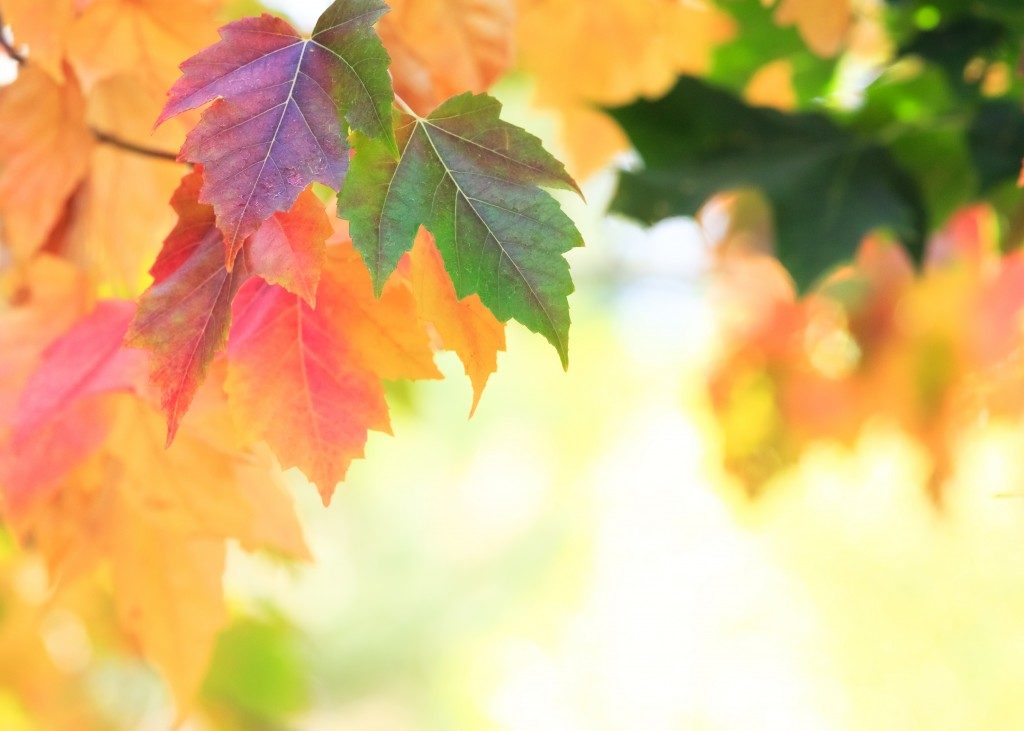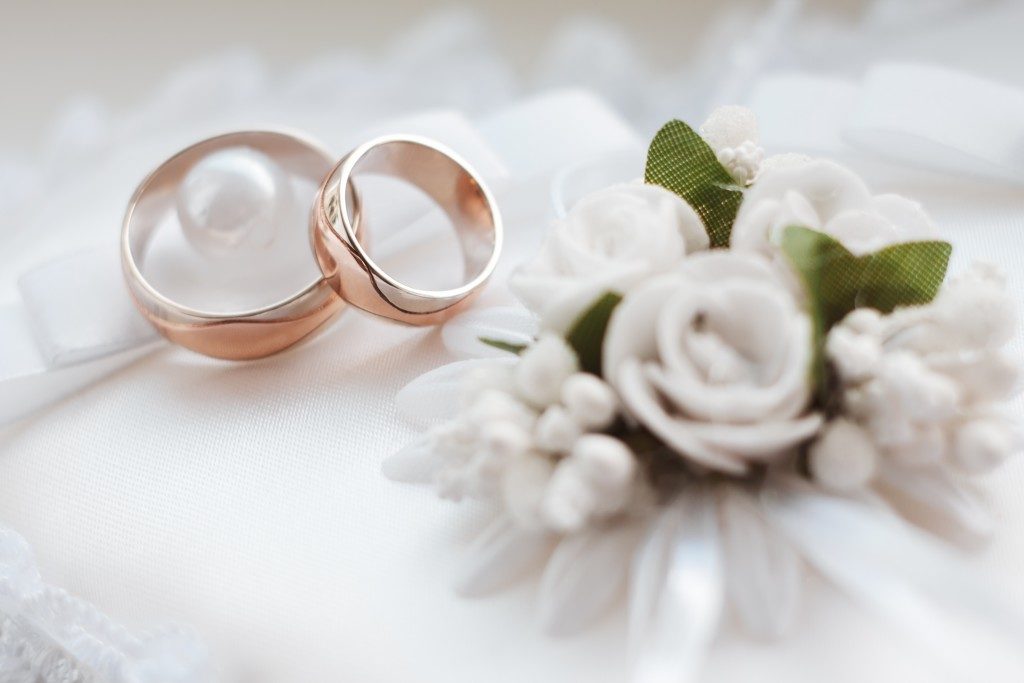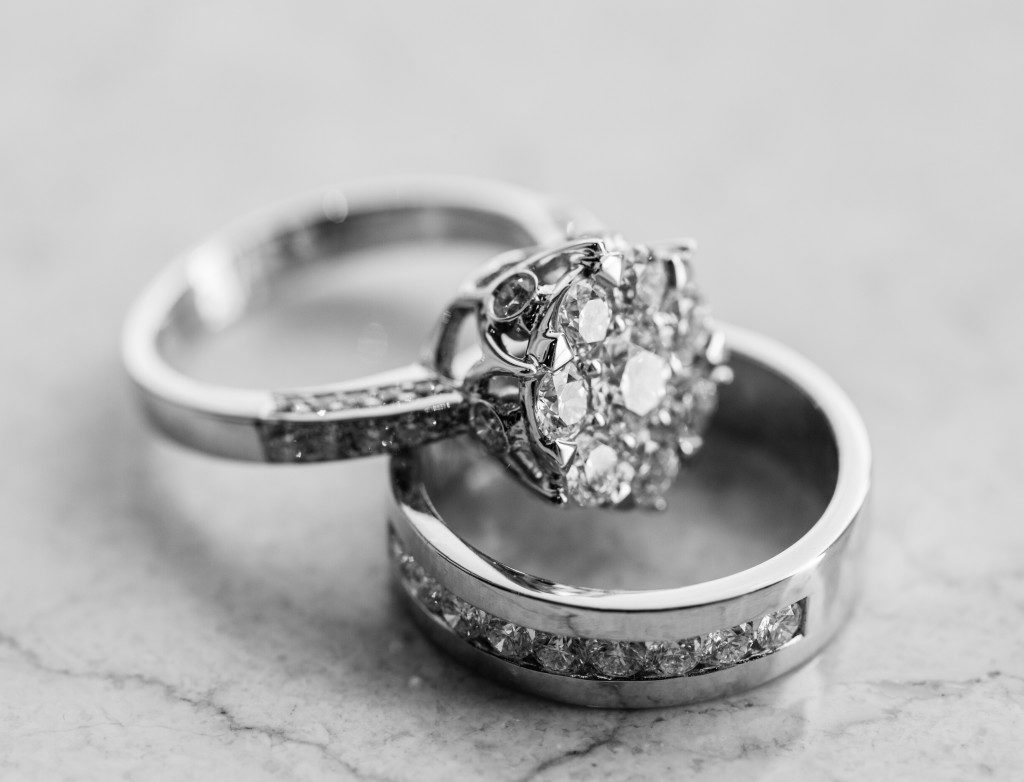Every August or September, you will notice many Asian communities throughout the world gearing up for something festive. Red — the color representing happiness, prosperity, and good fortune — is everywhere, along with lanterns, gifts, and the mooncake wrapped in decorative packaging.
This signals that the annual Mid-Autumn Festival is upon us. Celebrated across Asia, primarily in communities with Chinese and Vietnamese roots, this is among the most well-known and awaited events throughout the year. This is a time for grand celebrations that involve the entire extended family coming together for games, gift-giving, and of course, food.
Here is everything you need to know about this special occasion:
What is the Mid-Autumn Festival and what is it about?
The exact date of the Mid-Autumn Festival changes every year because the occasion is based on the lunar calendar; specifically, on the lunar calendar, it falls on the 15th day of the 8th month. This is the night where the moon is at its brightest and fullest in the sky. In the Gregorian calendar that we typically use, this typically falls anywhere between the months of August and September, hence its name. However, it has traditionally been called the Moon Festival or the Harvest Moon Festival.
Why is the Mid-Autumn Festival important?
Traditionally, the Mid-Autumn Festival was held as a way of celebrating and giving thanks for a successful harvest season. In pantheistic Ancient China, moon worship was a very important part of their culture, as it was through observing the moon that people were able to determine any change in seasons, which allowed them to plan their agricultural calendar. Hence, a bountiful harvest was always associated with the moon showing favor to the people.
There are also many legends as to how the festival came about. The most well-known of these is the legend of Chang’e, the moon goddess. According to one version of the story, the Earth once had ten suns which ravaged the land with drought. Chang’e’s husband, Hou Yi — an archer — shot down nine of the suns, saving the Earth and becoming a hero. As a prize, he was given an elixir of immortality, which he put away at Chang’e’s suggestion.
However, a wicked courtier planned to steal the elixir while Hou Yi was out hunting. To prevent the elixir from falling into the wrong hands, she ran away with the elixir and swallowed it. This made her float off the ground, and she decided to settle on the moon, the nearest satellite to Earth, thus becoming the goddess of the moon, being worshipped by the people of Earth.
How is the Mid-Autumn Festival celebrated?

Today, the Mid-Autumn Festival is primarily an occasion for extended families to get together for a grand feast. One of the most common fixtures of these feasts is the mooncake, a sweet delicacy made of lotus seed paste and salted egg yolk. Some may also contain other flavorings such as fruits, dates, nuts, and red bean paste, while others use the flavored paste as well. These are usually eaten at dinners, or given as gifts.
Mooncakes have been around since the Tang Dynasty in the 7th century. However, they became prominent thanks to a legend that states that during Mongol rule in China in the 14th century, Han Chinese revolutionaries smuggled messages inside mooncakes, contributing to the downfall of Mongol rule in the empire.
Other important parts of the celebration include the lighting of paper lanterns and performances of the dragon and lion dance. These recognizable symbols of the Mid-Autumn Festival have made them synonymous with Chinese culture in general, as well.



